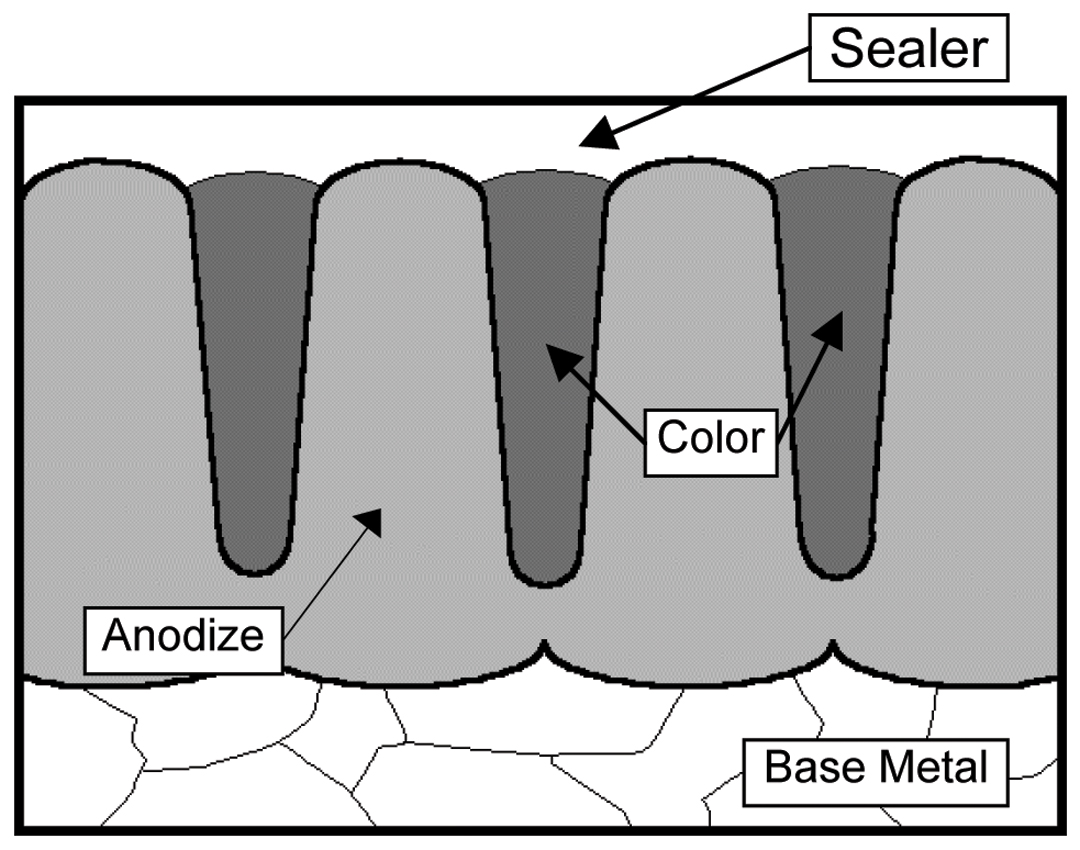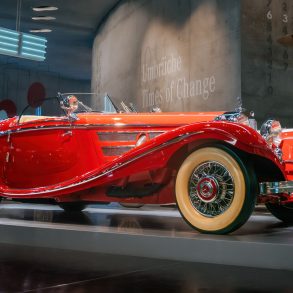Aluminum is an interesting metal – light, relatively strong, and naturally corrosion resistant. Unfortunately, the natural oxide surface that forms on aluminum alloys is very thin and easily damaged. Anodizing was developed to improve the properties of that oxide layer. It is an electrochemical process that produces a relatively thick and uniform layer to enhance corrosion resistance.
In addition to improving corrosion resistance, anodizing also increases abrasion resistance. Aluminum oxide is very hard, nearly as hard as diamond. So hard, in fact, that it is used as the abrasive for some sandpaper and for sandblasting media. As the oxide layer thickness increases, so does the abrasion resistance. Thicker coatings may be advantageous for parts out in the airstream or near the ground, since they tend to get “sand blasted” by road debris or during the occasional off-road excursion.
Become a Member & Get Ad-Free Access To This Article (& About 6,000+ More)
Access to the full article is limited to paid subscribers only. Our membership removes most ads, lets you enjoy unlimited access to all our premium content, and offers you awesome discounts on partner products. Enjoy our premium content.
Become a member today!
Already a Member?










